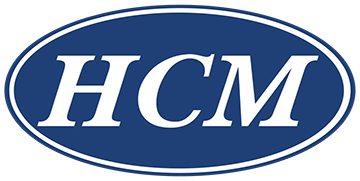Residential Shoring: Complex Design Requires Innovation
A retaining wall was required to accommodate the architectural design for a private residence. The site topography presented the General Contractor (Builder) with the challenging task of constructing a retaining wall structure into a steep hill on a residential lot in the Mount Royal area of Calgary, Alberta. To accommodate the residence, extensive shoring was required along the property lines and the back alley of the site.
- The retaining wall was designed by T.H. O’Rourke Structural Consultants Inc. as a Tied-back Shotcrete Shoring Wall with its excavation depths ranging from between 6.0m to 12.0m below-grade.
- The length of the shoring wall is approximately 87.0 lin. metres with a total of 382 square metres of exposed surface area. The shoring design also reflects the structural Engineer’s requirement for a permanent retaining wall at the back of the property (deepest excavation).
- In addition, the client accepted HCM’s proposal to provide monitoring of the permanent wall, which included the supply and installation of inclinometers and their subsequent reading for the duration of one year.
- HCM completed the soil nailing operations with a TEI drill mounted on an excavator hoe.
- The project required precision in placing the shotcrete shoring along the contour of the building envelope as a significant amount of the shoring was adjacent to the property’s steep slope.
- Also, special emphasis was put on the sensitivity of the entire project with respect to neighboring properties, minimizing disruption, noise and vibrations to existing structures.
HCM Contractors finished this project on schedule and to the complete satisfaction of the Builder and Owner.
Client: Wiens and Company
Location: Calgary, Alberta




